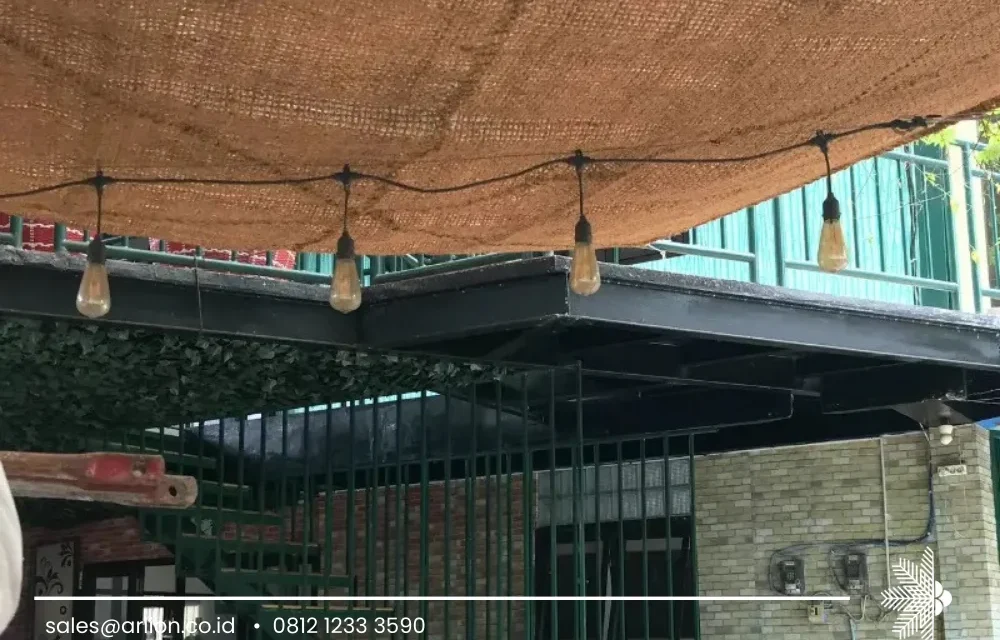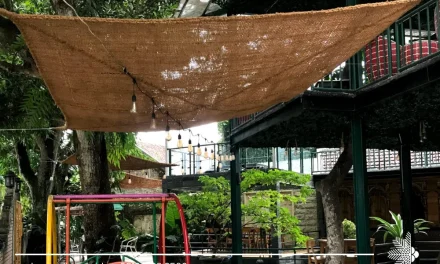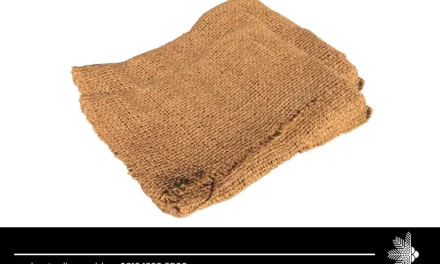
Did you know that shade sails can reduce temperatures by up to 20 degrees Celsius in outdoor spaces? These versatile structures offer more than just sun protection. From enhancing your outdoor area’s aesthetics to providing a cool retreat during scorching days, shade sails are a must-have for any garden or patio. With various shapes, sizes, and colours available, you can effortlessly elevate your outdoor space while staying protected from harmful UV rays. Discover how shade sails can transform your outdoor experience and create a comfortable oasis right in your own backyard.
Choosing the Right Shade Sail
Types of Shade Sail Designs
Shade sails come in multiple designs, including standard, custom, triangle, rectangle, and slanted triangle options. Each design offers unique benefits for specific outdoor spaces.
Selecting the Ideal Shade Sail Size
When choosing a shade sail, it’s crucial to measure the area accurately to ensure a perfect fit. Consider the size offerings available in the market to find the right dimensions for your space.
Customization Options for Shade Sails
Opting for a custom shade sail allows you to tailor the design to your preferences. From selecting the fabric colour to determining the shape, customizing your shade sail enhances both functionality and aesthetics.

Popular Shade Sail Choices
e of the most sought-after shade sails include classic sun shade sails in white cloth, rectangular or standard size options. These choices blend seamlessly with various outdoor settings while providing efficient sun protection.
Pros and Cons of Different Shapes
- Triangle Shade Sails:
- Pros: Stylish look, effective sun coverage.
- Cons: Limited shading area.
- Rectangle Shade Sails:
- Pros: Wide coverage, versatile placement.
- Cons: May require more anchor points.
Measuring and Planning
Sizes
When measuring for a shade sail, consider the area you want to cover. Measure the width and length of the space accurately in metres.
Designs
Select a design that suits your space. Whether it’s a conic design or standard sizes, choose one that fits your area perfectly.
Engineering Considerations
Ensure the points where the shade sail will be attached are structurally sound. The span between fixing points impacts the stability of the structure.
Quality and Cost
Prioritize quality mesh for durability. While considering cost, remember that higher quality may come at a higher price point.
Client Satisfaction
Offer a wide range of options to clients, ensuring they find the perfect shade sail for their needs.
Gathering Necessary Tools and Materials
Fabric Needs
Start by determining the fabric needed for your shade sail. Consider factors like durability, UV protection, and breathability. Common options include HDPE (High-Density Polyethylene) and PVC-coated polyester.
When selecting the fabric, ensure it is designed to withstand various weather conditions. Look for UV-stabilised material that can resist fading and degradation from sun exposure. Choose a fabric that is water-resistant to provide adequate protection during rain.
Steelwork Requirements
Next, assess the steelwork necessary for installing your shade sail. This includes poles, brackets, turnbuckles, and shackles. Opt for high-quality stainless steel components to ensure longevity and stability.
Consider the tension required for your shade sail. Proper tensioning is crucial for a taut and secure installation. Use appropriate tools such as tensioning devices to achieve the desired level of tension.
Mesh Selection
Evaluate different mesh options for your shade sail. Mesh fabrics offer varying levels of coverage and airflow. Choose a mesh density that suits your needs, providing both shade and ventilation.
Ensure the shade sail’s structures are suitable for commercial or residential use based on the intended application. Commercial-grade materials may be required for larger or more exposed areas.
Installing the Shade Sail Posts
Middle Posts
When installing shade sail posts, ensure that the middle posts are securely positioned to provide adequate support. These posts play a crucial role in maintaining the tension of the sail.
Middle posts should be spaced evenly between the corner and end posts to distribute the load evenly. This spacing is essential for the structural integrity of the shade sail installation.
Star Structures
Star structures are a popular choice for shade sail installations due to their versatility and aesthetic appeal. These structures consist of multiple poles arranged in a star shape to support the sail effectively.
Star structures offer additional points of attachment for the shade sail, enhancing stability and strength. They are particularly useful for larger shade sails or areas with higher wind loads.
Installation Tips
- Ensure that the posts are set at the correct height to achieve the desired angle for water runoff and maximum shade coverage.
- Use high-quality materials for the posts to ensure durability and longevity of the shade sail installation.
- Consider consulting a professional for complex installations or if you are unsure about any aspect of the process.
Attaching the Shade Sail
Securing the Sun Shade Sail
When attaching a sun shade sail, start by securely fastening each corner to a sturdy post or structure. Use high-quality hardware like turnbuckles, D-rings, and snap hooks for a robust installation.
Ensure that adjacent shade sails are properly spaced to prevent overlapping and maximize coverage. This spacing is crucial for maintaining the effectiveness of each sail in providing shade.
Utilising Various Fixing Methods
Explore different ways to attach fixed shade sails depending on your space and preferences. Options include using steel posts, wooden beams, or existing structures like pergolas for installation.
For side shade sails, consider attaching them perpendicular to existing structures to create additional shaded areas. This setup enhances the overall aesthetic appeal while expanding the shaded space.
Enhancing Durability with Waterproof Materials
Opt for waterproof shade sails made from durable materials like canvas for longevity. These materials ensure that your sail can withstand various weather conditions without losing its effectiveness.
When installing a waterproof sun shade sail, pay attention to proper tensioning to prevent sagging and maintain its shape over time. Proper tensioning also helps in maximising the sail’s lifespan.
Closing Thoughts
In conclusion, by following the steps outlined in this guide, you can successfully install a shade sail to enhance your outdoor space. Choosing the right shade sail, accurate measurements, proper tools, and careful installation are key to achieving a functional and visually appealing result. Remember, safety is paramount during the installation process to ensure a secure and durable shade solution for your enjoyment.
Now that you have the knowledge and steps needed, go ahead and transform your outdoor area with a stylish shade sail. Enjoy the benefits of added comfort, UV protection, and an aesthetically pleasing space where you can relax and entertain. Get started on your shade sail project today and create a shaded oasis in your own backyard.
Frequently Asked Questions
What factors should I consider when choosing the right shade sail?
When choosing a shade sail, consider factors like size, shape, fabric quality, UV protection level, and colour options to ensure it fits your space and provides adequate sun protection.
How do I accurately measure and plan for a shade sail installation?
Measure the area where you plan to install the shade sail, ensuring proper tension and clearance. Plan for suitable anchor points and consider sun movement throughout the day for optimal coverage.
What tools and materials are essential for installing a shade sail?
Essential tools include a tape measure, drill, ladder, wrenches, and rope/tensioning hardware. Materials needed are the shade sail itself, posts or anchor points, mounting brackets, and screws.
How do I correctly install shade sail posts?
Install shade sail posts securely by digging appropriate holes, setting them in concrete for stability, ensuring correct height and alignment, and allowing ample time for the concrete to set before attaching the shade sail.
How can I effectively attach the shade sail for maximum durability?
Attach the shade sail securely by evenly tensioning each corner, using proper hardware like turnbuckles or D-shackles, regularly checking tension levels, and re-tightening as needed to maintain longevity and stability.
If you interest to know more information about Bali Sun Shade, you can visit our website https://balisunshadesails.com/. You can also click WhatsApp link https://wa.me/6281212333590 (Ms. Maria) to connect directly with our team.





